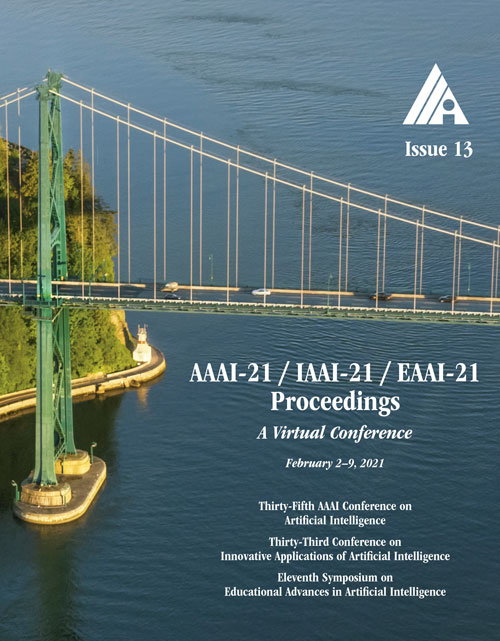i-Algebra: Towards Interactive Interpretability of Deep Neural Networks
DOI:
https://doi.org/10.1609/aaai.v35i13.17390Keywords:
Accountability, Interpretability & ExplainabilityAbstract
Providing explanations for deep neural networks (DNNs) is essential for their use in domains wherein the interpretability of decisions is a critical prerequisite. Despite the plethora of work on interpreting DNNs, most existing solutions offer interpretability in an ad hoc, one-shot, and static manner, without accounting for the perception, understanding, or response of end-users, resulting in their poor usability in practice. In this paper, we argue that DNN interpretability should be implemented as the interactions between users and models. We present i-Algebra, a first-of-its-kind interactive framework for interpreting DNNs. At its core is a library of atomic, composable operators, which explain model behaviors at varying input granularity, during different inference stages, and from distinct interpretation perspectives. Leveraging a declarative query language, users are enabled to build various analysis tools (e.g., ``drill-down'', ``comparative'', ``what-if'' analysis) via flexibly composing such operators. We prototype i-Algebra and conduct user studies in a set of representative analysis tasks, including inspecting adversarial inputs, resolving model inconsistency, and cleansing contaminated data, all demonstrating its promising usability.Downloads
Published
2021-05-18
How to Cite
Zhang, X., Pang, R., Ji, S., Ma, F., & Wang, T. (2021). i-Algebra: Towards Interactive Interpretability of Deep Neural Networks. Proceedings of the AAAI Conference on Artificial Intelligence, 35(13), 11691-11698. https://doi.org/10.1609/aaai.v35i13.17390
Issue
Section
AAAI Technical Track on Philosophy and Ethics of AI

